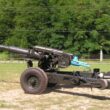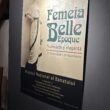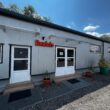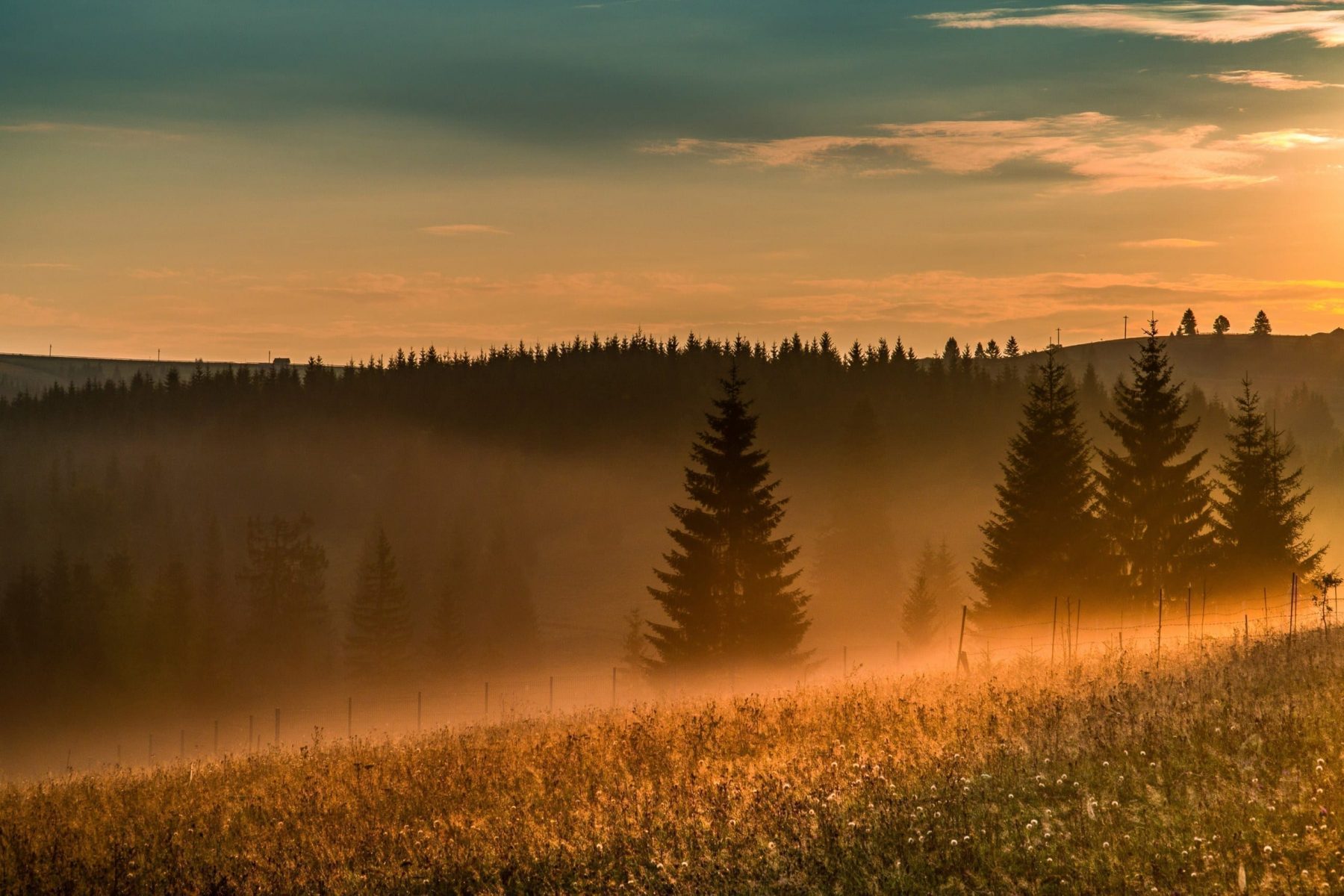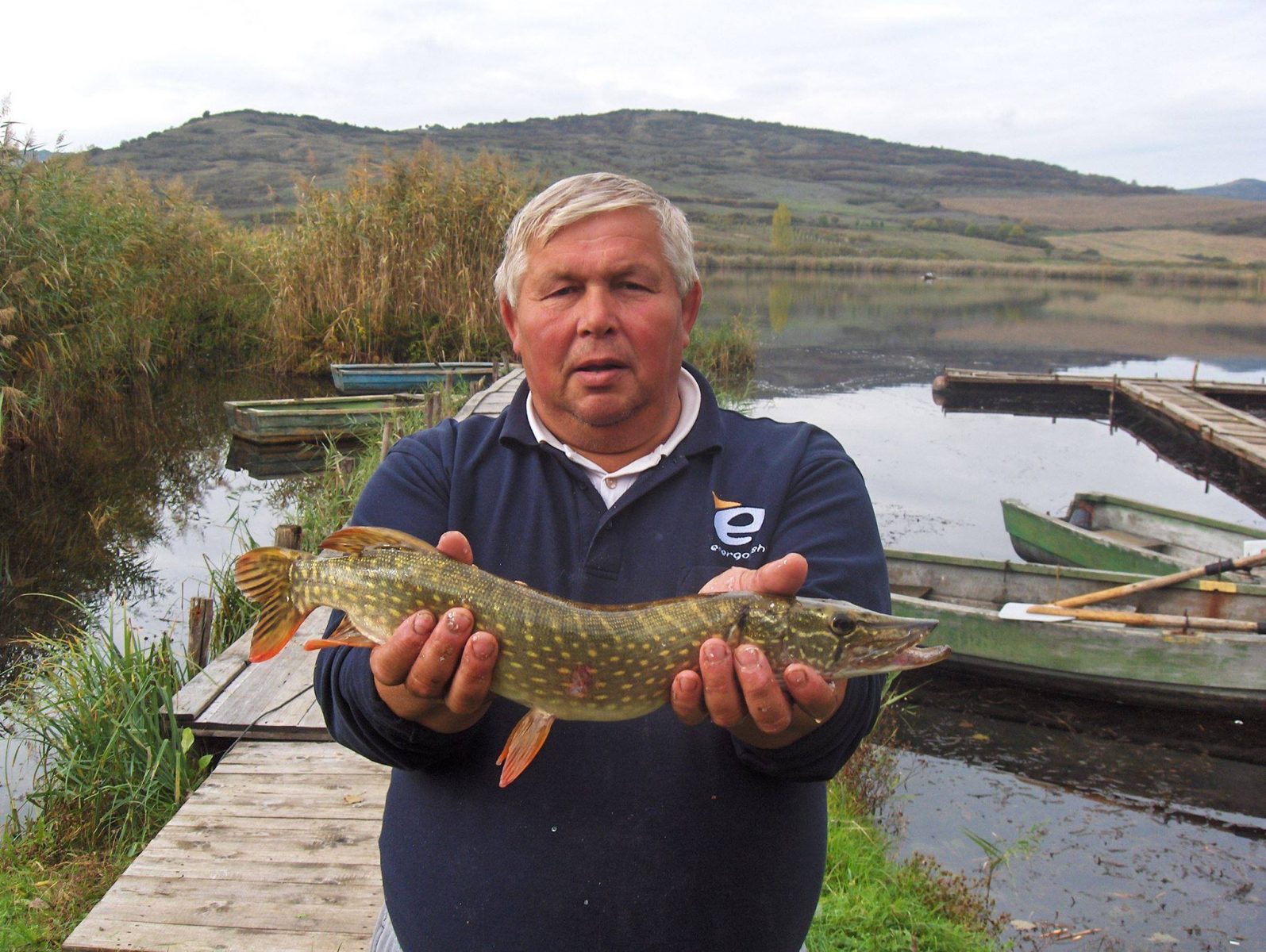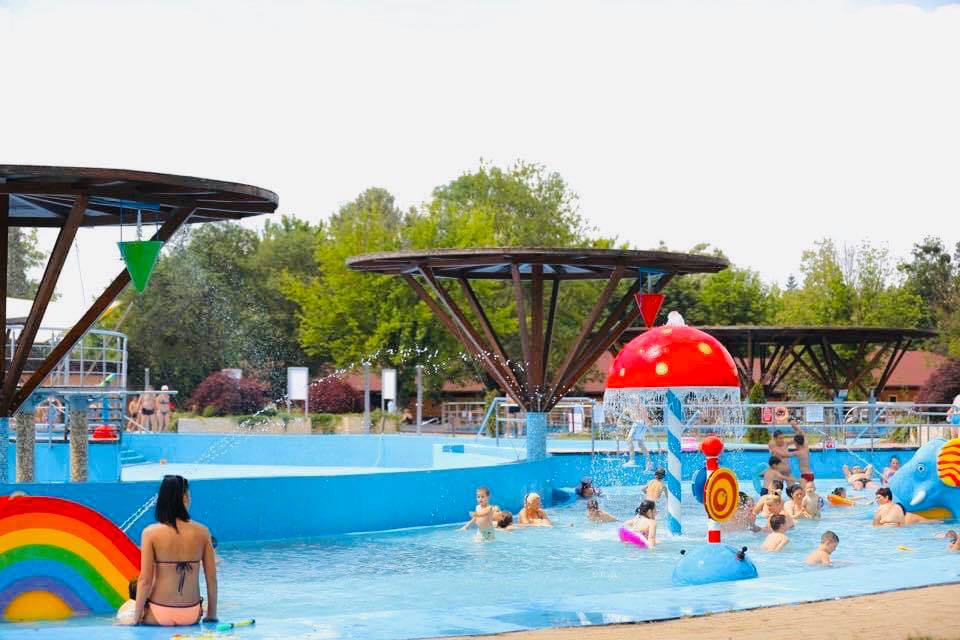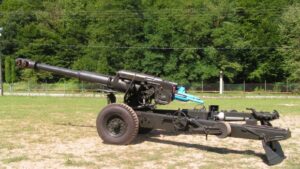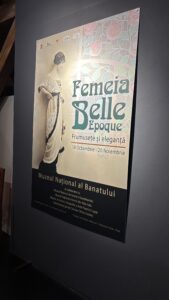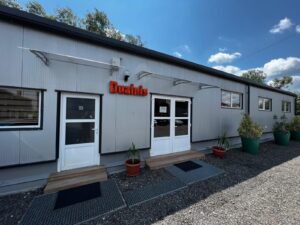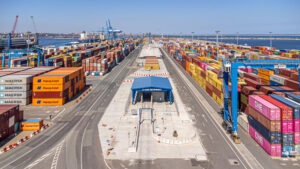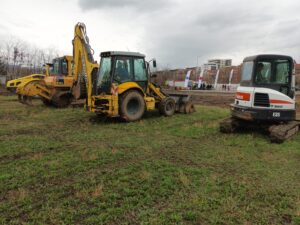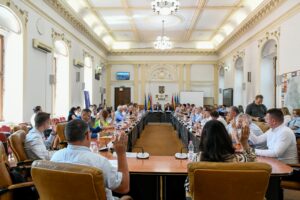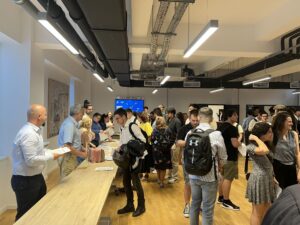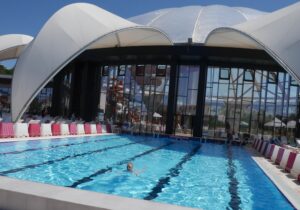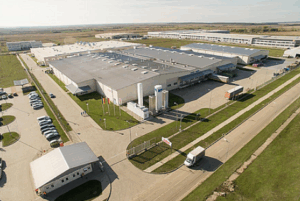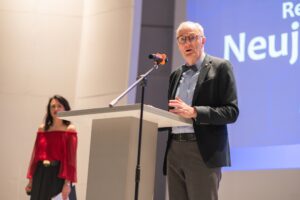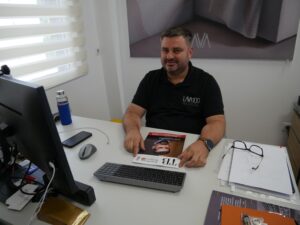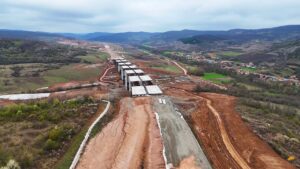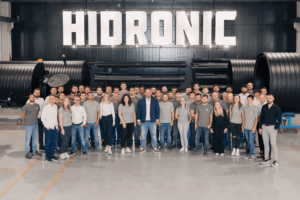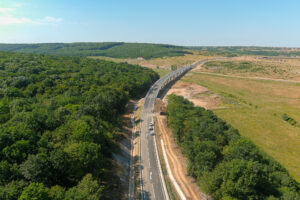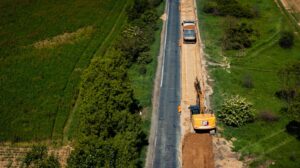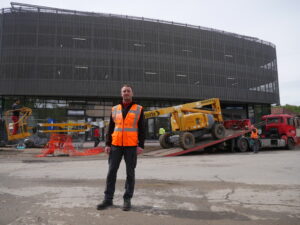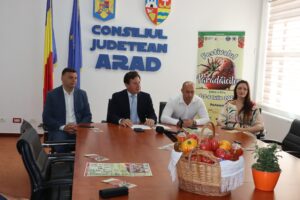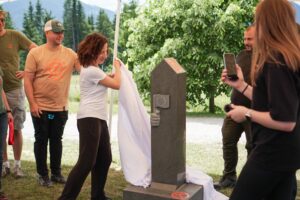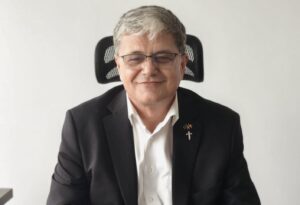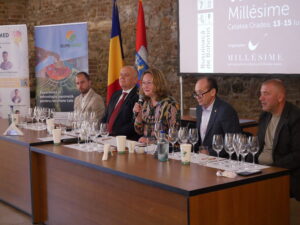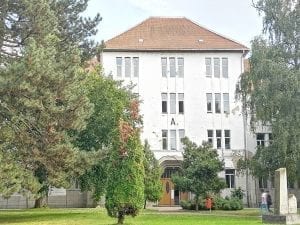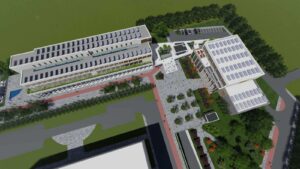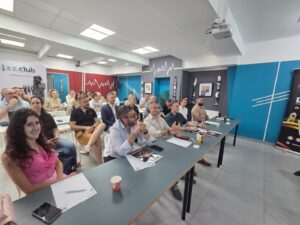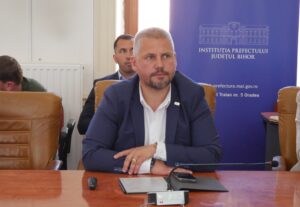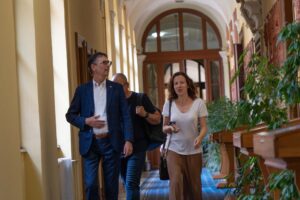Buen Camino
El Camino means the Road or for the most spiritual, the Way – no matter which of its many possible routes you choose: Camino Frances, Portuges, Ingles, Primitivo or del Norte.
The Santiago de Compostela Cathedral is the target. Saint Jacob is the spiritual patron of this pilgrimage, which is perhaps the most classic in the world. The Shell or the Yellow Arrow are the signs that a traveler is on the right track. Buen Camino! it’s the standard salute, and Ultreia! is the desire of the pilgrims in motion. Otherwise, health, good boots, patience and hard walking. And time as much as you can take. And some Rioja wine would be good, but, later in the evening.
The Camino pilgrimage still has the power to change people. For the way itself, like any long journey on foot, has the raw force of transforming everything.
Whether you arrive or not at your destination to receive Compostela, the paper that certifies your official pilgrim status, the way you are going after many other thousands of people has the gift of putting everything under the interrogation.
Alienation, walking, passing through, joining other travelers, it is said that all this is re-launching the big questions. And it is also said that after El Camino people are no longer the same, they do not see the world as before. That means that the journey has fulfilled its mission.
How would it be, really, would it be possible to create our own Camino one day to walk it here, at our home?
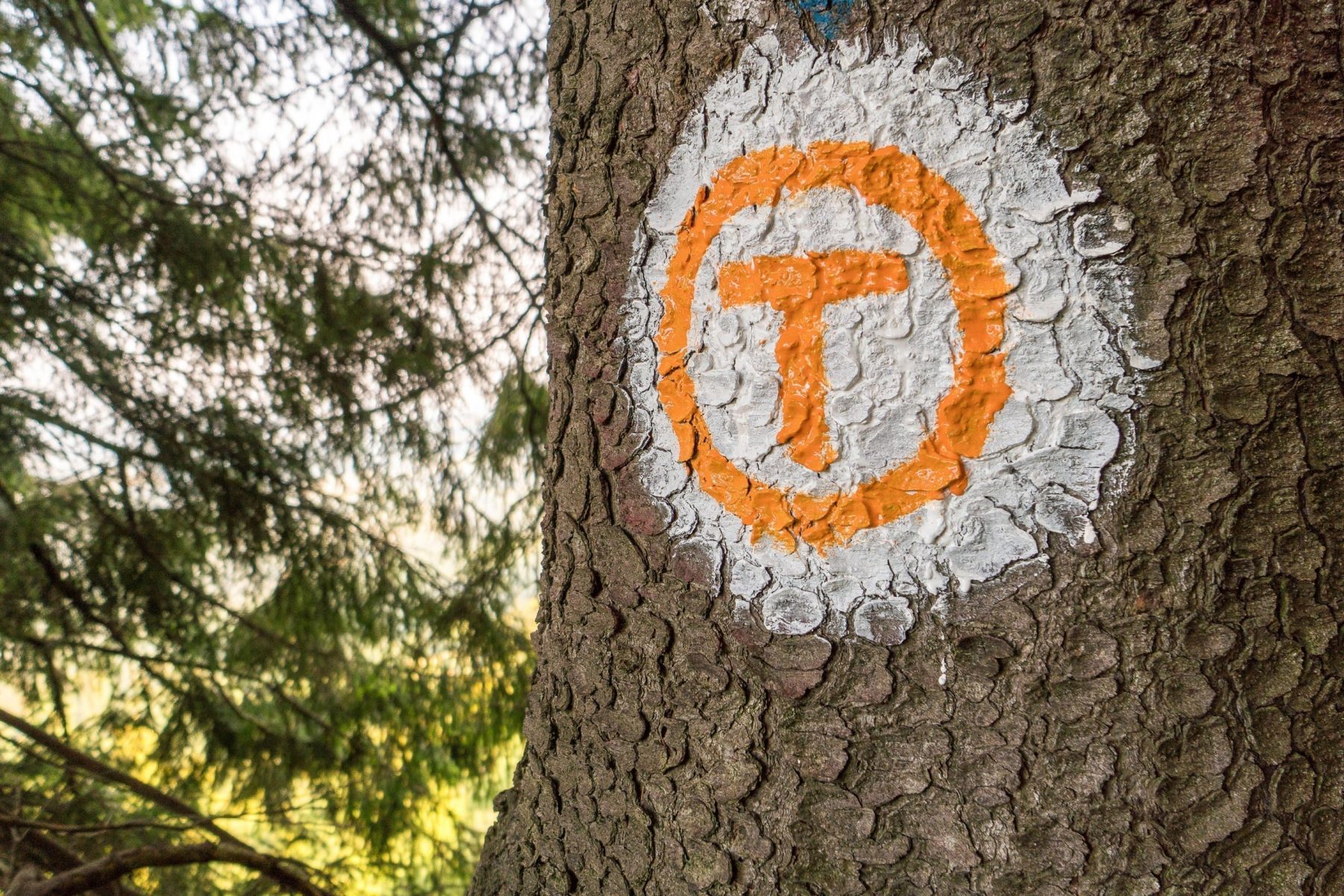
The dream
It all started with a dream, not a night dream, but a day dream, born of the fatigue and three friends’ walk, wandering several days up and down through the Călimani Mountains.
Mountain ridge roads, paths on the level curve, some looking like actual paved roads, set up in olden days, roads that inspire you to stride and go all the way until nothing else is left but the way left behind and this step forward, followed by another, in an emptying thoughts mechanism, a vacuum, which the most fantastic dreams can possibly arise from.
And Alin suddenly lifted his head from the ground and said, “How would it be if we set up a road to be ours, but with more people walking on it, not just us? Because you see how cool it can be?”
This is how dreaming started, with wonder followed by all sorts of questions. Even so, if the expression of our leaders’ incapacity is the very absence of cool road and motorway networks, why wouldn’t a non-governmental organization build a small road for friends? A kind of Camino in miniature. Or even, how would be rather a mountain marathon?
In the evening we sat next to a fire and began, as in the old times the wisemen and dream readers of the Egyptian Pharaoh, whose night thoughts were haunted by 7 thin cows and 7 fat cows, to decipher the dream, to split hairs, and to interpret it with our own minds.
We were so much spellbound by the fire and fantasy that we forgot to raise the tent while it was still light, and we did not even notice the flashes of the lightning that was stealthily coming close to us. And the rain woke us up and the soaked dream readers came back to reality. And then, in the morning, we dried up. But the dream was still there, among us. And from that day on, we looked differently at the mountains and pathway, with other eyes, a little bit more technically.

The context
The interest for the preservation of the natural heritage values in the Călimani Mountains became visible for the first time in 1971, with the designation of the 12 Apostles’ Geological Reservation and the Jnepeniş (Juniper) Scientific Reserve with Pinus cembra. Since then, Călimani National Park has also been acknowledged, with an area of 15,300 ha. Owing to the mining prospects in the Călimani area, a unique phenomenon in the world was discovered and for the first time described in Romania, namely the volcano-carst. This discovery’s center of gravity was the grotto system that formed Luana’s Caves, acknowledged as a monument of nature in 1973. It was only in 2000 that the demarche of establishing the Călimani National Park began to materialize, which has been acknowledged with a surface of 24,041 ha.
What we have subsequently called Via Maria Theresia is a historic road in the Călimani Mountains, built hundreds of years before, in order to support the military frontier troops of the Austro-Hungarian Empire with weapons and food. The trail connects Suceava county (Şaru Dornei locality) with Bistriţa-Năsăud (Pasul Tihuţa). It is the only one in the country settled in a national park and the longest in Romania. Presently, Maria Theresia trail is partially overlapping another tourist route rather poorly signaled and thus very rarely followed by tourists. To this trail’s value of historical monument, as a testimony of an epoch long gone, the Călimani Mountains’ value of natural environment is added.
It’s just that, sometimes, if you look closer, things are not exactly what they seem to be. Here a parenthesis is required.
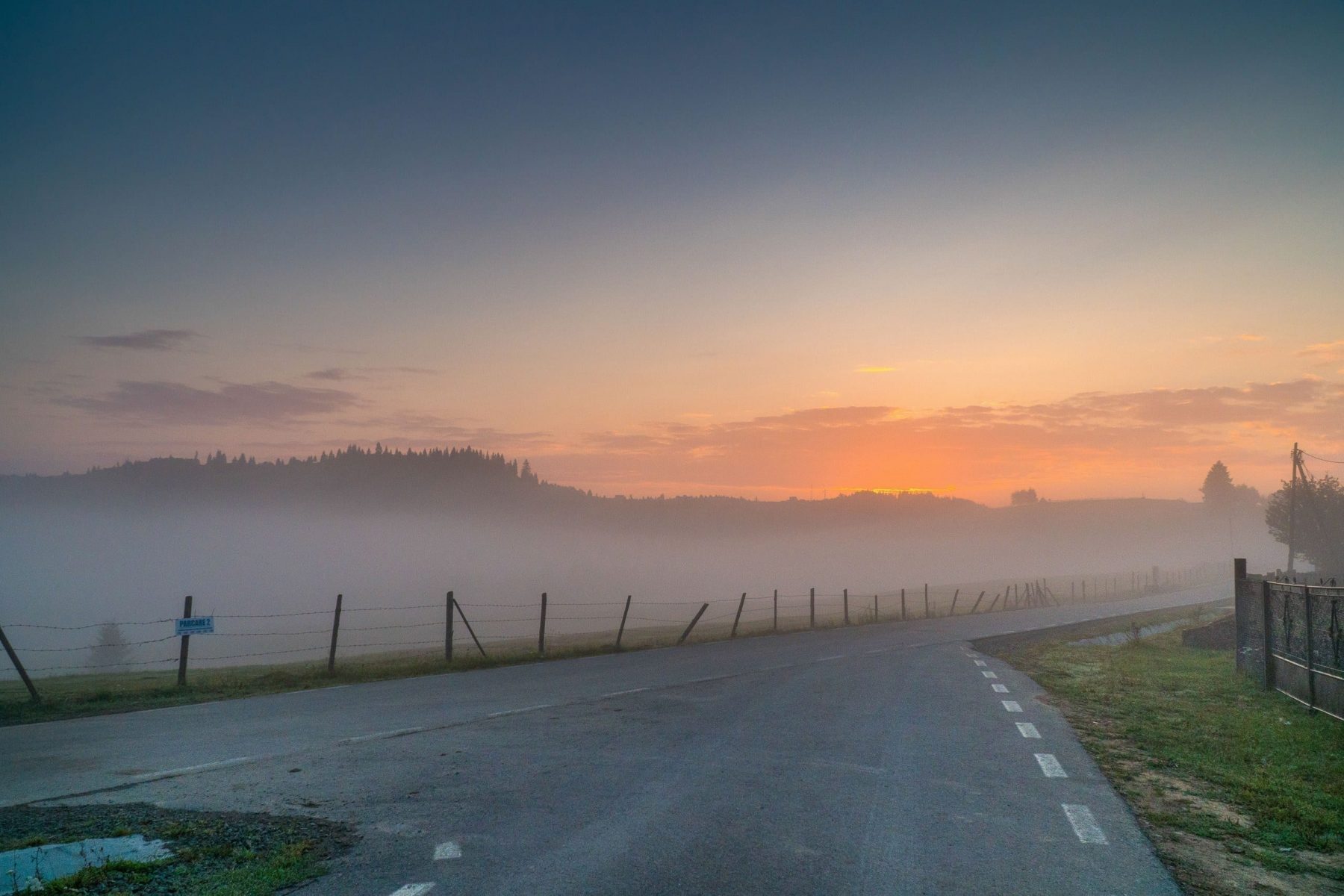
The ecologic disaster
The day looks bad, with thick and low clouds. It looks like a morning when you even haven’t had a sip of coffee. You don’t feel like pulling at the wheel, to take turns. The road climbs in tight serpentines, on a road made of old cement plates. On the left there is the Neagra Șarului River, from which the last life form passed away many decades ago.
Why? Because in this river the residues are being drained from the sulfur mine on Negoiu Românesc Mountain in the Călimani National Park, the mountain we are now heading to. And the mountain peak, it vanished into thin air! From 1,900 meters it had been cut to 1,500. Sulfur exploitation began in 1969 and has lasted for almost 30 years. In its happy days, if we can call it so, more than 8,000 people were working at the mine.
For the enormous, up to 7,000 lei salaries at that time, but otherwise in vain, since the exploitation has never been profitable.
But for fear, the leaders, otherwise brave people when it was about sprees and going hunting with their party colleagues, have constantly reported inflated figures. The lie as a state policy. The lie as our daily bread. Time of lies.
The city cut into the mountain, today silent and grey, once thundering with life. It had everything: blocks, shops, pubs, cinemas, and even a club where popular bands were wandering around to entertain the working class. Many windows still have a view toward the surface mine, but not for long, since the demolition of the blocks has started. This ghost town will disappear, together with the iron sheet, scrap metal and anything that could still be exploited. Unfortunately, Ceausescu’s villa will also disappear. It would have looked good as a small museum of communism.
The Wittfeld company from Germany won the auction for the region’s greening. On a plateau, a huge bundle of wires and tangled pieces of rebar looks like a contemporary art installation. No one can possibly describe the dumps and the yellowish-reddish caves dug into the mountain, from which, with every rain, streams are flowing into the river.
Nevertheless, some pierced rubber boots, ownerless, tell everything about those who left, those who have once moved in this gloomy reality.
It is already raining like in a Russian movie. Rhododendron shrubs project color spots on the mountain ridges.
The beauty of the landscape makes you forget for a moment the absurdity of this city born from a Balkan dictator’s crazy dream, where life and death mingle in such an original and intoxicating cocktail, that only us, who have experienced it, we can still swallow it, telling its story.
From this very spot, just from the Sulphur mine, through a tall wooden gate, a large group of mountain runners will leave, following the marathon trail. Miraculously, I shall be among them. Only that until the start, we must get over this hump: right after our crazy dream, the arrangement of the trail followed.
It is obvious that from the dream we switched to practical things, to a battle plan. And practical things turned into something unexpected and profoundly theological: all of us, thousands of volunteers, learned the art of bearing the cross.
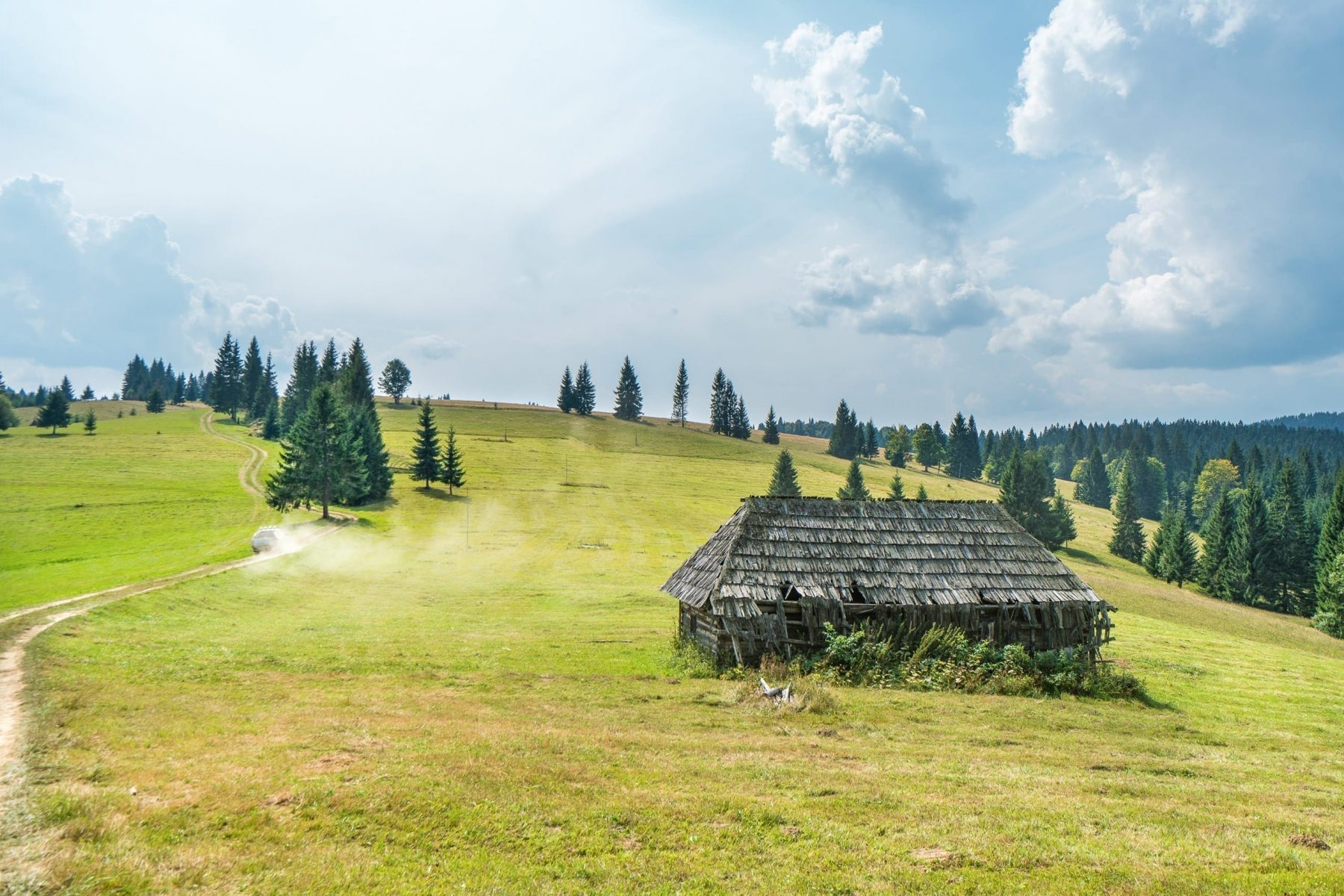
The art of bearing the cross
A pillar’s journey from the bottom of the valley through the Terha Clearing (Poiana Terha), among the sheep dogs, to the top, on a path, and then its thrusting in a pit sometimes dug into the rock, was a radical adventure.
As a volunteer you are offered the chance to learn humility, grit your teeth, overcome your own limits, but also the joy of team working in order to carry out an absurdly beautiful thing.
It was one of the craziest and most incredible Tăşuleasa Social actions, which has in a special way united all of us who have been involved in it.
Then, after each pillar has been marked on both sides with little plates indicating the distance, direction and degree of difficulty, the joy of hiking the entire trail: some walking, others running, others (partially) cycling. Since then, in summer-winter, thousands of people have journeyed on the Via Maria Theresia, happy to exist.
Meanwhile, alongside tables and resting benches, a series of informative panels in four languages were placed. Now, after several years, it is invigorating to remember the wood’s pressing in the flesh of the shoulder, the drop of sweat precariously clinging to the eyebrow, and the wheezing of your own breathing made difficult by the effort of each step.
It might be a good idea to remember that, unfortunately, many panels were vandalized, many pillars pulled from their place, and many markings hit with the axle edge, over kilometers. It’s a mystery why somebody would do such a thing. Several informative panels on the trail, especially Hungarian translations, have also been victims of vandalism, being covered with black paint. Maybe all this happened just for us to relearn the Art of bearing the cross and leading the good fight to the end. For evil has power only when good people feel discouraged and abandon the battle, choosing to stay away.
There in Călimani, among the unknown rocks, the guerrilla will continue until Via Crucis becomes Via Maria Theresia again and again.
Just as we established at the outset. And we will run on mountain edges and contour lines, further, again and again, as we have learned from Tibi Uşeriu, meaning to the end.

Via Maria Theresia
The trail presently has a length of 42,195 km and will constantly remain open for marathon, mountain-biking and hiking, during summer or winter, day or night, for all interested. Owing to the specially arranged halts, signaled hydration points and informative panels, every traveler will be able to enjoy the trail and receive detailed information without a guide. Over 200 volunteers, young and mature, Romanians, Germans and Americans, have already participated in the Maria Theresia theme path development in the Călimani Mountains. Among them there were German students from Tăşuleasa Social partner schools, employees of Raiffeisen Bank, the project partner and numerous Tăşuleasa Social volunteers. The volunteers carried heroically, with their hands and backs, kilometers away, over 300 landmarks in the ridge, digging pits, fixing the mile posts with 278 groups of stones to protect the posts from rain and stabilize them.

In other words, while the wood thieves were carrying the wood from the forests to the sawmills, the volunteers, the incurable naive ones, were carrying on their backs the beams back into the mountains.
Via Maria Theresia was inaugurated on August 16, 2014. It was the first edition of the VMT marathon, absolutely an exciting event. At the start there were over 200 marathoners, semi-marathoners and cyclists as well as hundreds of supporters along the trail. Sportsmen were applauded and encouraged by over 120 volunteers and about 100 hikers.
The organizers provided several military cars and 8 guides on four different segments of the trail, with increasing lengths (5-11 km), in order to awaken their interest in movement in nature and for this thematic path with its stories from historical past.
You can find films and stories on https://via-maria-theresia.ro/
And the way we jumped from this point to the great dream called Via Transilvanica, Alin will tell you in the interview.
Voicu BOJAN
main photo: Mihai Țuțu
(From the special edition of TB 86 – „ENJOY TRANSYLVANIA!” – 14 May – 10 June 2019)
